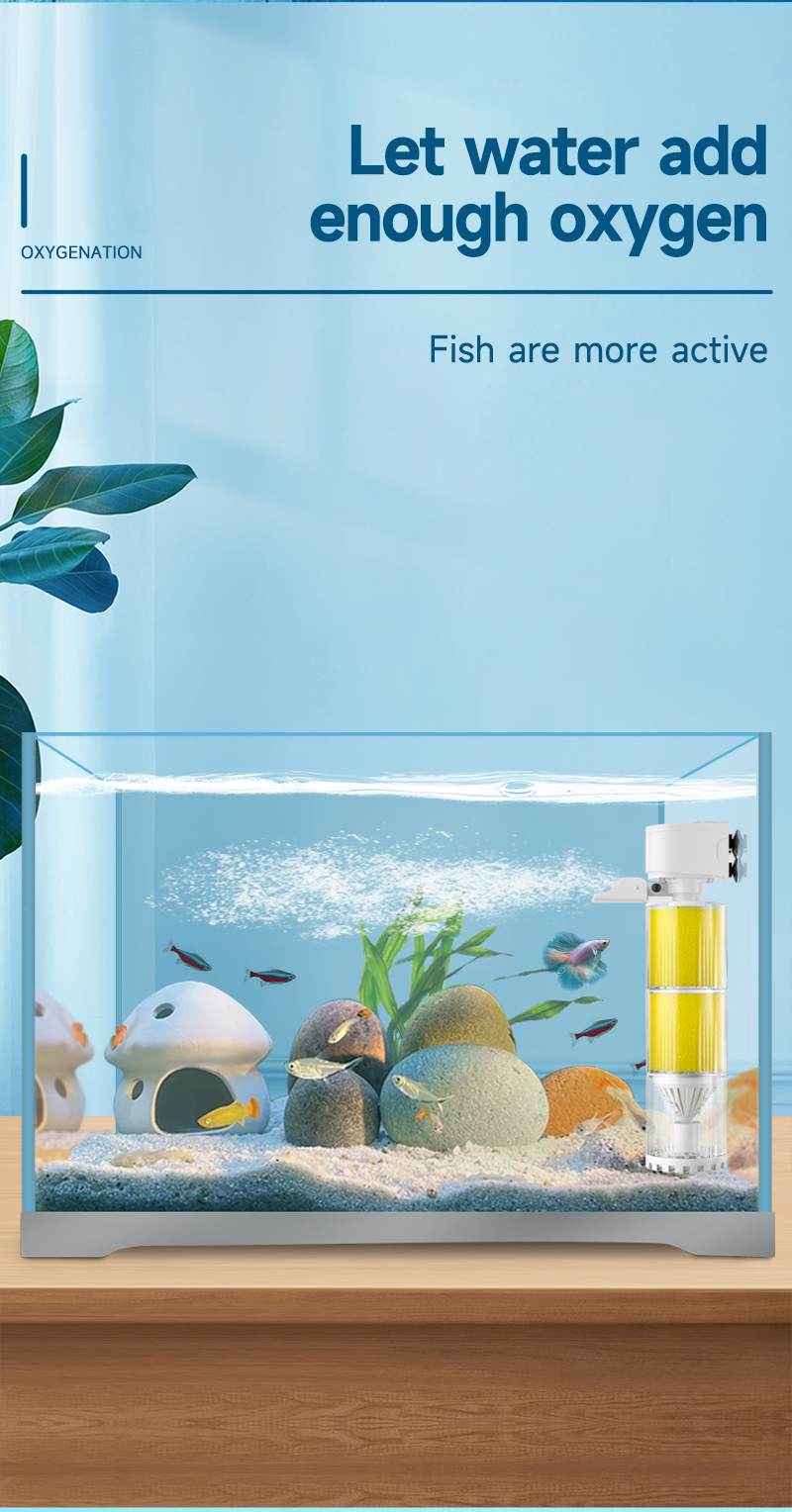Choosing the right filter for a planted aquarium is crucial for maintaining a healthy and thriving underwater ecosystem. Here are some key factors to consider when selecting a filter for your planted tank:
1. **Tank Size and Bioload**
The size of your aquarium and the number of fish (bioload) will significantly influence the type of filter you need. Larger tanks require filters with higher flow rates and greater media capacity. Heavily stocked tanks will also need more robust filtration to handle the increased waste production.
2. **Flow Rate**
The flow rate is a critical factor for planted aquariums. Too much flow can uproot plants, while too little can lead to stagnant water and algae growth. A general rule of thumb is to select a filter with a flow rate that circulates the entire tank volume at least 4-6 times per hour. For example, a 20-gallon tank should have a filter with a flow rate between 80-120 GPH.
3. **Type of Filter**
There are several types of filters to choose from, each with its own advantages and disadvantages:
Canister filters are often considered the best choice for planted tanks due to their superior filtration capacity, customizable media options, and minimal disruption to the aquascape. They provide excellent mechanical, chemical, and biological filtration and are placed outside the tank, minimizing clutter.
HOB filters are more affordable and easier to install. They hang on the back of the tank and draw water through a filter media cartridge. While they can provide adequate filtration, they typically have a smaller media capacity than canister filters and may create a noticeable current in the tank.
Sponge filters are a simple and inexpensive option, particularly suitable for smaller tanks or breeding tanks. They provide gentle water movement and excellent biological filtration but have limited mechanical filtration capacity. They can also off-gas CO2 in CO2-injected planted tanks.
4. **Filter Media**
The choice of filter media is just as important as the type of filter itself. Here are some common media types and their uses:
Mechanical media, such as sponges and filter floss, remove particulate matter from the water. Choose open-pore sponges for planted tanks to avoid clogging and maintain good flow.
Biological media, such as ceramic rings, bio-balls, and lava rock, provide a surface for beneficial bacteria to colonize. These bacteria convert harmful ammonia and nitrite into less toxic nitrate.
Chemical media, such as activated carbon and Purigen, remove unwanted chemicals and pollutants. Activated carbon is useful for removing odors and tannins, while Purigen helps maintain crystal-clear water.
5. Maintenance and Noise Level
Consider the ease of maintenance and noise level of the filter. Some filters are easier to clean and maintain than others. Additionally, some filters can be quite noisy and disrupt the peaceful environment of your planted tank.
6. Budget
Canister filters are generally more expensive than HOB or sponge filters. Consider your budget when selecting a filter, but remember that investing in a high-quality filter can save you time and effort in the long run.
Finally, choosing the right filter for your planted aquarium involves considering several factors, including tank size, bioload, flow rate, type of filter, filter media, maintenance, noise level, and budget. By keeping these key points in mind, you can find the right filter to keep your planted tank healthy and thriving.
Post time: May-26-2025

